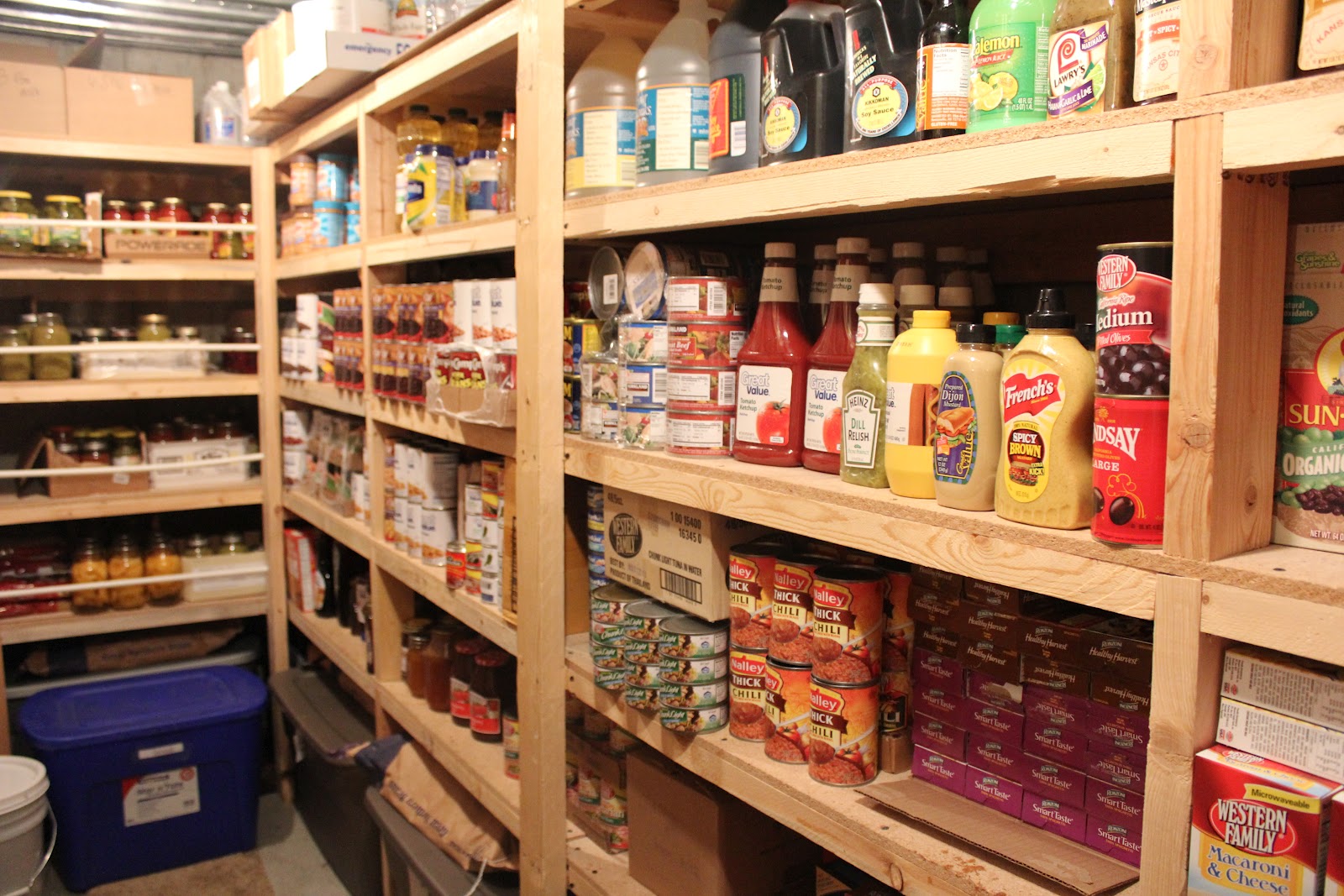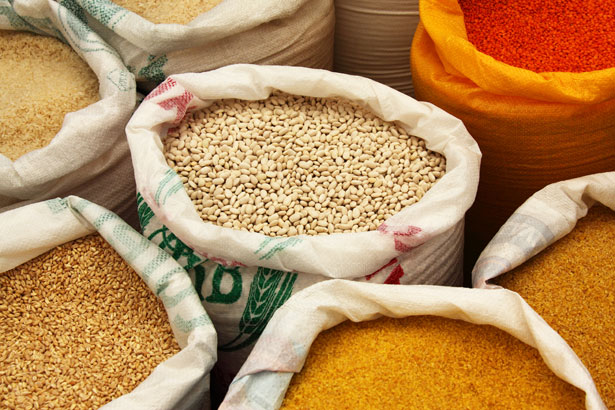Making Pemmican At Home
Pemmican is a dehydrated survival superfood that is nutritionally complete and incredibly long-lasting. It is made with nothing else but lean meat, tallow, and berries. It was invented by the North American Plains Indians, as a way to store the meat through the winter. It quickly caught on with early Frontiersmen and even British explorers … Read more








